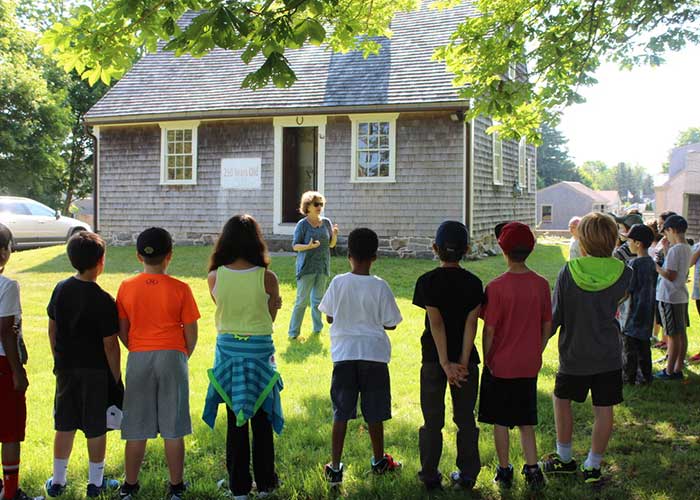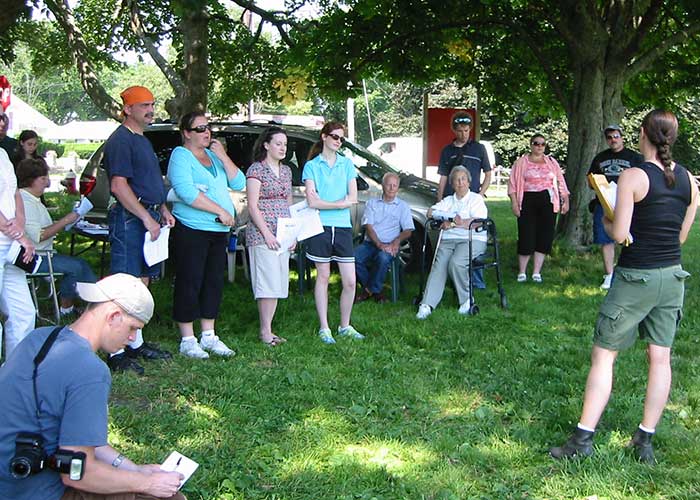The life of this pre-Georgian cape style house spans centuries. As with our past preservation and restoration work which included stabilization from the foundations up, we approached phase three guided by The Department of Interior’s Standards for the Treatment of Historic Properties. The time had come to select a “historic period.”
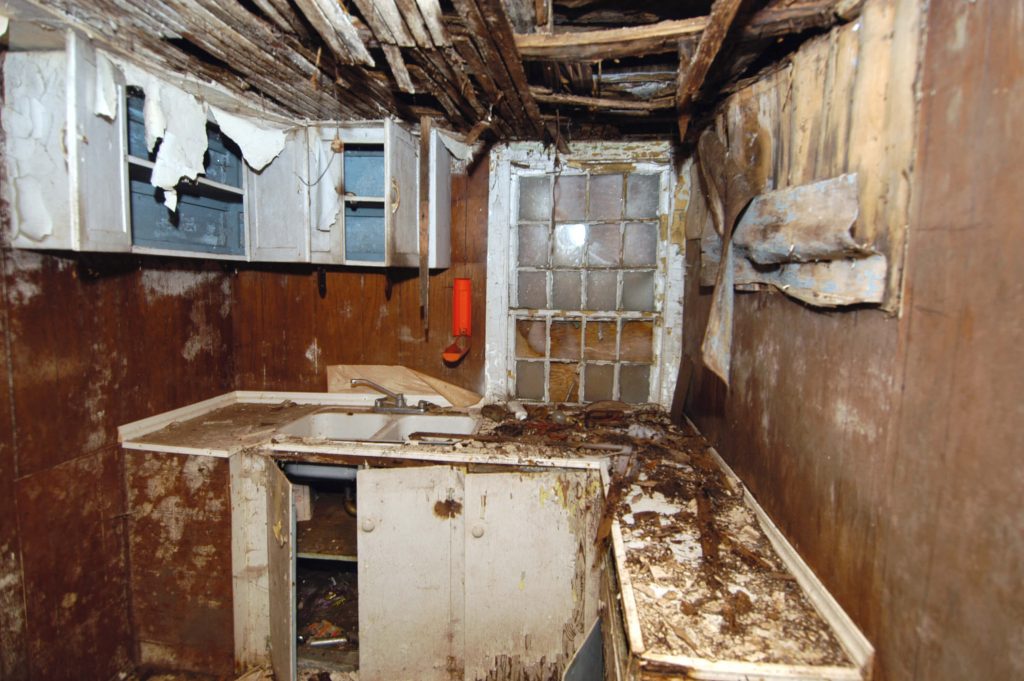
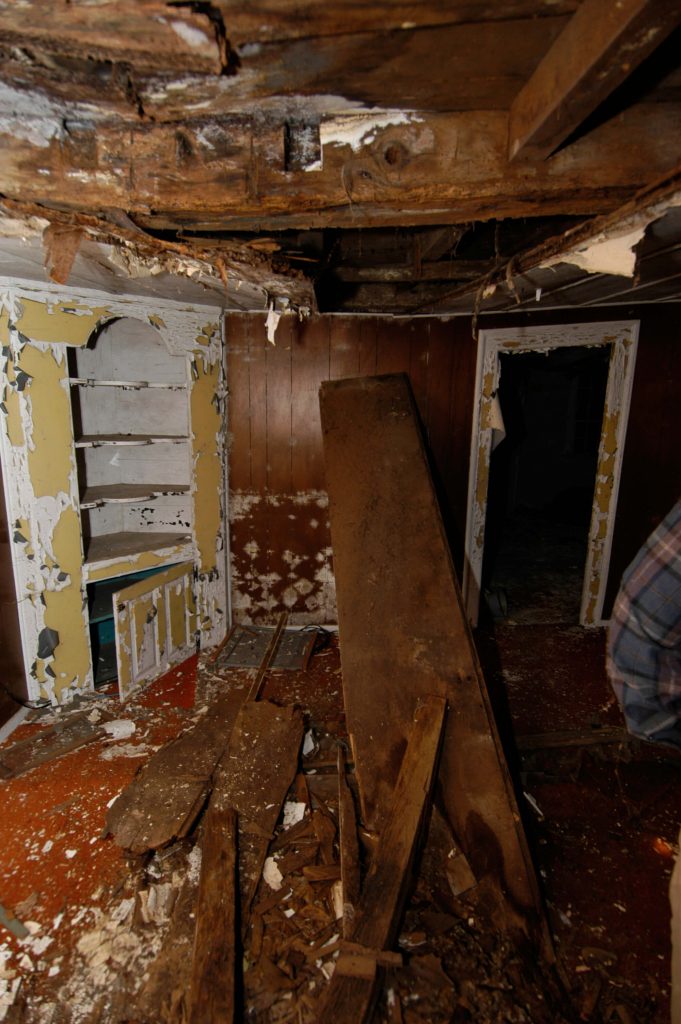
By 2003, the existing conditions of the unoccupied house suggested to many that this building should be demolished. Guided by our belief that every historic house can be saved, we [2003: Waterfront Historic Area League; 2007: DHPT] forged ahead. Historic preservation projects require many champions, over many years.
Looking past the mess and the rot as seen in above photos, we discovered and uncovered architectural features and materials representing a wide range of periods.
The inhabitants made repairs and improvements for their times, introducing layer upon layer of changes.
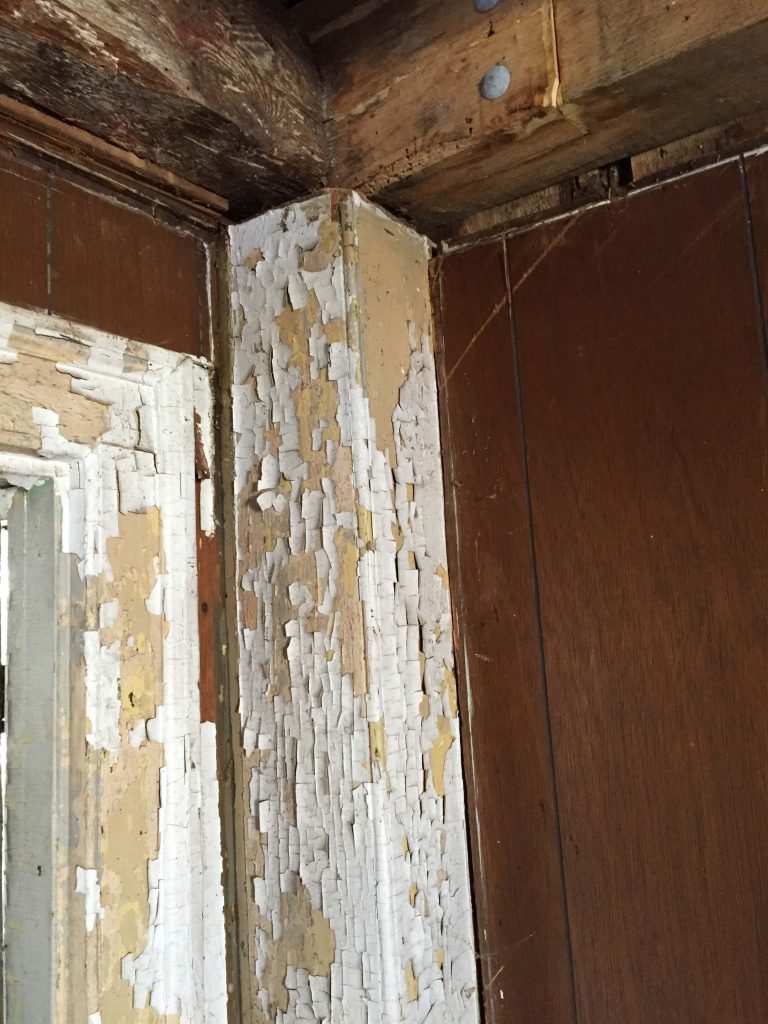

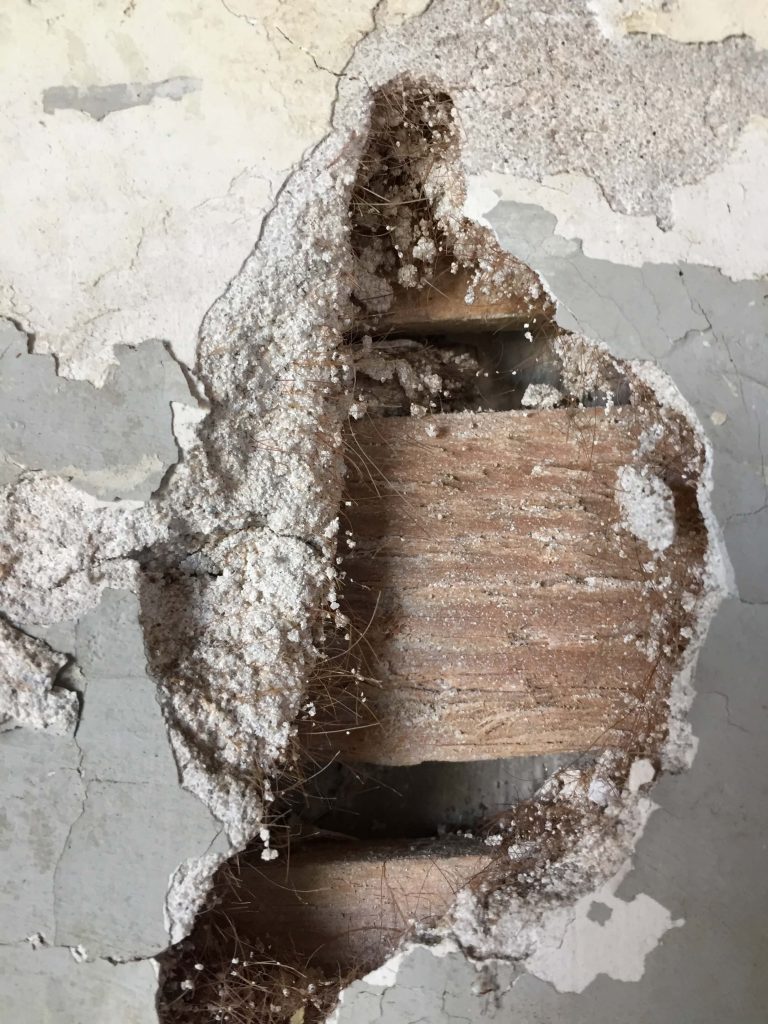
The initial preservation and restoration planning suggested that we might interpret various architectural and socio-economic periods up to and including the 20th century. Over the past several years, our interpretive tours encompassed historic narratives about the lifespan of the house and its cultural history. But, this made for a limited visitor experience. Reminiscences about the recent past, indeed nostalgic tales of 20th century tenants in a really old house, overshadowed the deepest early history.
We learned that the intrinsic value of this extant 18th century house, with few such houses remaining in this community, heightened its rarity as an irreplaceable cultural asset. The longer this house was able to survive, in any condition, the more significant it became.
This little house with a big story to tell informed our decision. We started the third phase of restoration in August 2017 with careful deconstruction to its original and early features, previously hidden from view. The historic period for restoration revealed itself. Those early materials and architectural features that remained viable were left in situ or stored until reinstallation later in the project.

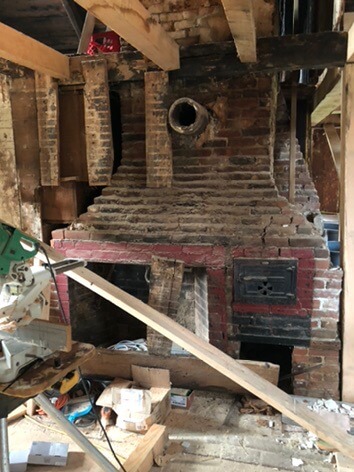

These discoveries spoke loudly about the historic period most significant to this house, both in their rarity and historical connections. Erected before the Declaration of Independence, this building survived the pre-Revolutionary War period, the September 1778 invasion by the British and Tory Loyalists which destroyed the Akin holdings on the harbor, leaving Elihu Akin to seek refuge on his property on Potter’s Hill, located at 762 Dartmouth Street known as the Akin House.
[The experiences of the entrepreneurial Akin family and other settlers who started life in the colonies as British subjects and who became “patriots” for independence from British rule are well documented and included in this site.]
Our plan to restore the house selectively to its colonial period through the early 19th century turned out to be the best approach to showcase this house and its heritage as a living history cultural center. Mid to late 19th and 20th century features which included materials such as wallpaper fragments, wallboard, plaster/laths, were either discarded or saved for use as didactic displays.

